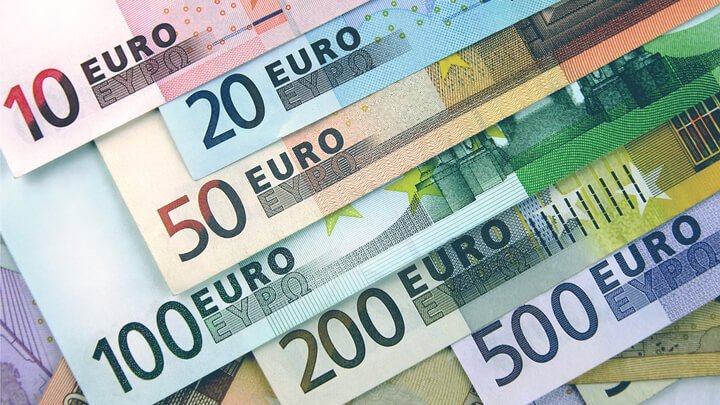The euro experienced a drop on Thursday following the confirmation of Germany, Europe’s largest economy, entering into a recession. Meanwhile, the US dollar reached a two-month high as it benefited from safe-haven demand amidst concerns of a potential US default. Rating agency Fitch contributed to the mounting worries by placing the United States’ “AAA” debt ratings on negative watch, signaling a potential downgrade if lawmakers fail to reach an agreement to raise the debt limit.
Paradoxically, the greenback has been favored as a safe-haven asset, with only a week remaining for a resolution to the slow-moving debt ceiling talks before the June 1 “X-date” when the Treasury warned it would be unable to meet all financial obligations. Stefan Mellin, a senior analyst at Danske Bank, noted that the dollar has benefited from the risk-off sentiment prevailing in the market.
The euro slipped against the dollar, reaching multi-month lows, largely driven by signs of economic distress in Europe. Germany’s slight contraction in the first quarter, following negative growth in the fourth quarter of 2022, confirmed the country’s recessionary status. Mellin highlighted the weak momentum in the German economy, emphasizing the divergence in macroeconomic data across the Atlantic.
The US dollar index, which measures the currency against six major peers, including the euro, rose by up to 0.3% to 104.16, reaching its highest level since March 17. The euro experienced a decline of approximately 0.2%, reaching a two-month low at $1.0715. Sterling also eased by 0.1%, briefly hitting its weakest level since April 3 at $1.2332.
Against the yen, the dollar reached its strongest level since November 30 at 139.705. However, it was down 0.1% at 139.345 at the time. The US dollar has also been supported by reduced expectations for Federal Reserve rate cuts this year. The US economy has shown resilience to the effects of the central bank’s aggressive tightening measures.
Additionally, the Chinese yuan reached a six-month low, dropping to 7.0903 per dollar in the offshore market. China has presented a series of disappointing economic indicators, indicating weak consumer demand and suggesting that the post-pandemic recovery has reached a plateau. Ken Cheung, chief Asian FX strategist at Mizuho Bank, noted that the People’s Bank of China (PBoC) demonstrated little intention to defend the yuan. He anticipates the yuan will remain under pressure until the country’s economic data improves or the PBoC takes action to stabilize the currency market.
The Australian dollar has also been impacted by China’s economic weakness due to close trade ties, falling to a 6 1/2-month low of $0.6523. Meanwhile, the New Zealand dollar faced further challenges following the central bank’s unexpected dovish shift on Wednesday, leading to a 2.2% decline. It slipped an additional 0.4% to reach its lowest level since mid-November at $0.6077.
